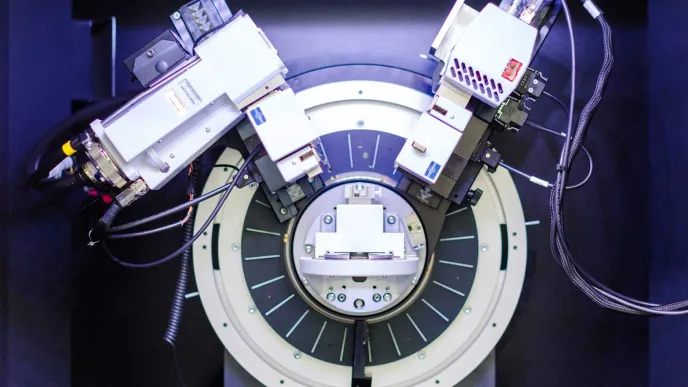During the next couple of years, HIP will be one of the production centres for the CMS inner tracker modules, there will also be a need for some testing capacity. A temperature-controlled cooling setup (coldbox) was built for module testing. The box was designed at the Paul Scherrer Institute, and two copies were built by HIP: one for Helsinki and one for CERN. An LUT doctorate student Mika Väänänen was heavily involved in constructing, testing, and commissioning both setups.
Devices based on similar technology can also be used in other fields, such as medical imaging, beam characterisation, and safety and safeguards, which have a large societal impact. Thus, the Group strives not only to apply the technologies mastered to fundamental research but also to the larger context of benefiting society. There are several interesting current and completed research projects, by the Group, applying technology originally developed for particle physics applications.

One of these was the Business Finland-funded Detector for Nuclear Safety, Decommissioning and Diagnostic Applications (DeNuSa) project focused on the development of standalone, compact detectors for nuclear safety, decommissioning and diagnostic applications, which was completed in spring 2023 in partnership with HIP (link).
Another Business Finland co-innovation project, High Performance Imaging Microsystems (HigPIg), just got funded (October 2024) and it is in consortium with VTT and four Finnish companies. This project focuses on infrared and high-energy detection systems for defence and healthcare applications such as laser rangefinders and X-ray dental imaging.
Project manager




